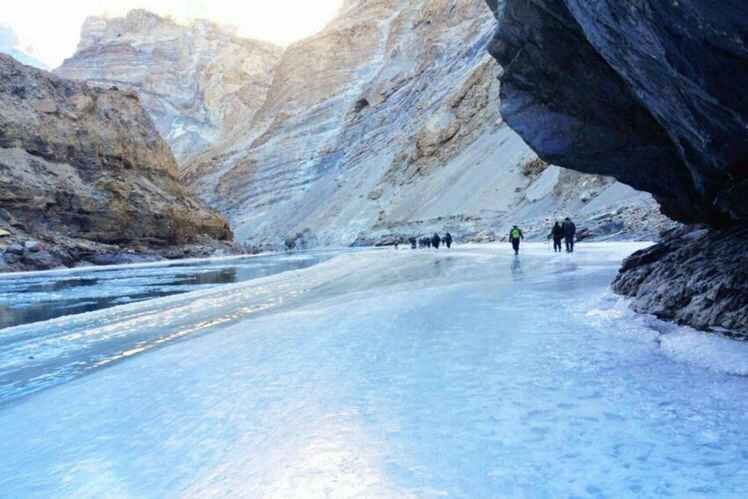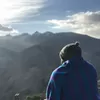
We, as humans always have the longing of exploring the new places. And this urge to explore places that are located far away from our home is something that never dies. Zanskar is one such place that will spellbound you with its unending beauty of the tall mountains, high passes and gorgeous villages tucked in the arms of the Himalayas.
Zanskar or Zanskar Valley as it is popularly known is located in the eastern half of the Indian state of Jammu and Kashmir. Initially considered as a part of the the Guge kingdom in Tibet, Zanskar now is a sub-district of Kargil. The Zanskar Valley is separated from Ladakh region by the mighty Zanskar mountain ranges. It is located at an height ranging from 11,500 to 23,000 feet above sea-level and is quite popular for its otherworldly landscapes and gorgeous Tibetan-style monasteries.
How to reach Zanskar


Zanskar Valley as of now is only accessible by road from the town of Kargil. The main administrative town of Zanskar is Padum which is around 240 kms from Kargil. While there a weekly service for people to reach Padum from Leh, it is advisable to rent a good SUV for Zanskar. The road conditions are not the best and it takes around 8 hours to reach Zanskar from Kargil but the views passing by are totally worth the journey. Also, there is a new road under construction which will connect Padum with the town of Darcha in Lahaul Valley of Himachal.
What is Zanskar known for ?
Zanskar Valley has some of the most magnificent mountain passes and treks for adventure lovers. Also, there are other adventure activities like hiking, trekking and rafting in the valley. The white water rafting at Zanskar is considered to be the best in whole country by many.
Also, there a number of treks that happen in Zanskar which exposes the traveler to extreme wilderness. Some of the popular ones are
1. Sham Trek - This is one for the beginners who are not into extreme trekking. The trek starts from the village of Likir and ends at Khaltse while passing through some of the most beautiful landscapes.

2. Lamayuru to Chilling Trek - This short trek will introduce you to many of the small quaint villages tucked in the Zanskar mountain ranges. Also, this trek can extended upto Markha valley. The trek starts from the famous Lamayuru village and ends at Chilling in Leh.

3. Zangla to Sangtha trek - Regarded as the toughest trek in all of Zanskar Valley, this one requires quite a commitment, physical fitness and an ample amount of will power to survive in extreme wilderness. The trek will expose you to some of the most remote areas of Zanskar like Shade and Sangtha. This trek starts from Zangla and ends at Sangtha in about 12-13 days.

4. Chadar Trek (Frozen River Trek ) - This one is the most popular among all in Zanskar Valley. The trek starts from the village of Shingra Koma in Zanskar and ends Leh taking you through different landscapes including a frozen river. Yes, you heard it right. Chadar Trek is popularly known for walking the frozen river in sub zero temperatures making it something you must experience at least once in your entire life.

Apart from these treks, you can also explore the neighbouring villages of Zangla and Phey while you are in Zanskar. Also, every village in Zanskar has a monastery and prayer wheels which are an absolute must visit.

Zanskari people are very warm and welcoming about the tourists. The local language spoken by them is Zanskar Skad which is a mixture of Bodi, Ladakhi and Urdu. Most of the people in Zanskar can understand Hindi well for the purpose of communication with tourists.
The main occupation here cattle-rearing and farming on the land around the houses.Yaks are the main source of livestock in the Valley and the animals are used largely for all kinds of activities including farming, ploughing to carrying heavy loads.
Even though Zanskar might look similar to the landscape of Leh and Ladakh, it is far more untouched and unexplored due to less number of people coming in. The ideal season to visit the valley is during summers in the months from June to September when the whole valley comes to life with flowers blooming and Zanskar river flowing wild. Zanskar among all the other places really stand out with its remote villages, beautiful landscapes, high altitude monasteries and treks. Thus, if you are planning to explore a bit in the Himalayas, do not forget to head down to Zanskar to experience the mountain high like none other.

